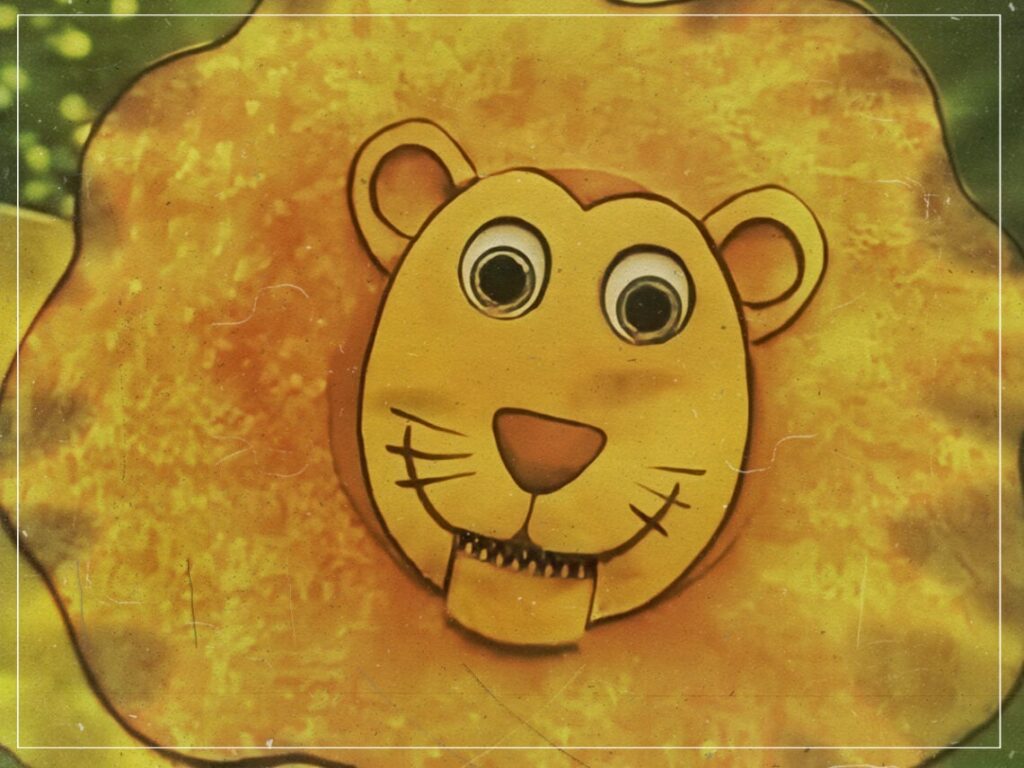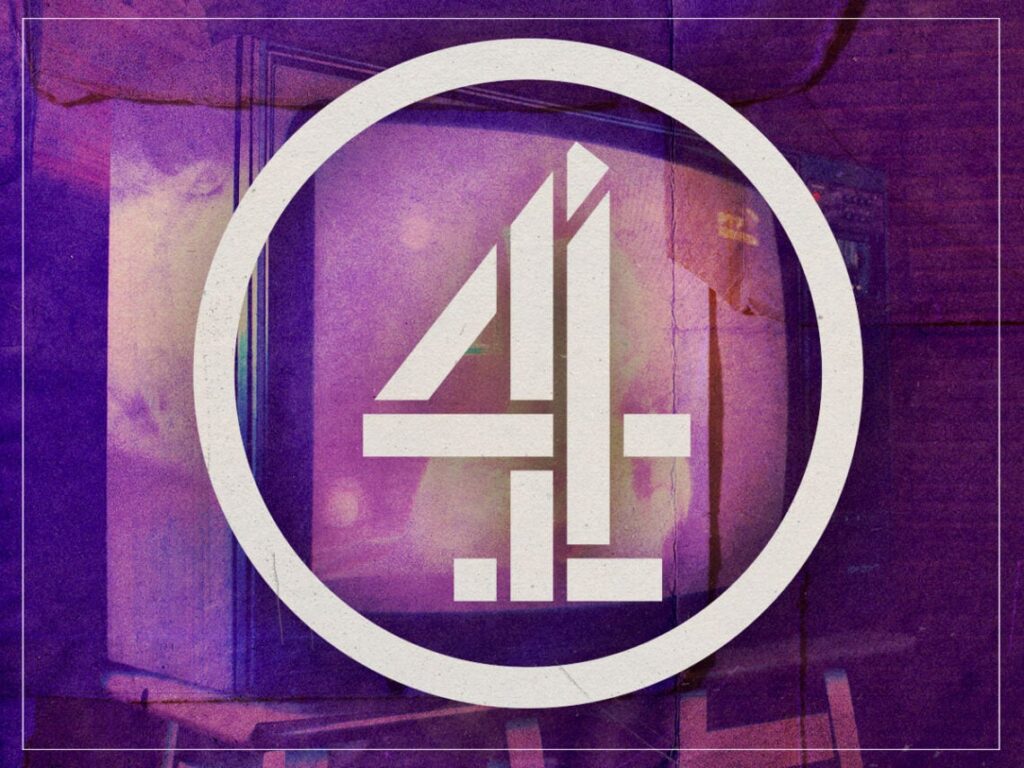The ‘Teletubbies’ episode that was banned in several countries
 Posted On
Posted On
(Credits: Far Out / YouTube Still)
For a TV series aimed at young children, Teletubbies has cultivated a decidedly darker reputation than its candy-coloured aesthetic would suggest, igniting everything from pearl-clutching to conspiracy theories via an episode so unrelentingly creepy it was banned in several countries.
Far from being whimsical creatures that exist in a reality proportionate to our own, the Teletubbies are actually gigantic. Significantly bigger than the average werewolf, heftier than Frankenstein, and more dead-eyed than Dracula, the quartet of phantasmagorical fever dreams are quite literally monsters.
Laa-Laa is the shortest of the bunch but still stands at six feet and five inches tall, with Dipsy looming at an unnerving eight feet. They’ve still got nothing on Tinky-Winky, though, who is quite literally a ten-foot-tall purple creature. By extension, then, that would make his preposterously controversial handbag large enough to knock a normal person clean out were it to be swung in their direction.
American televangelist Jerry Falwell was left affronted by Tinky-Winky’s accessorising. “He is purple, the gay pride colour and his antenna is shaped like a triangle: the gay pride symbol”, with the handbag being the straw that broke the back of a bigoted camel. Fortunately, that led to the behemoth becoming embraced as an icon of the LGBTQ+ community.
That wasn’t what saw Teletubbies banned, however, even if a crack team of Polish psychiatrists and sexologists were tasked to examine the matter further. Instead, the 1997 episode ‘See-Saw’ was determined to be so utterly terrifying, harrowing, haunting, and wildly unacceptable for its target demographic that it was pulled from the airwaves and outlawed in certain nations.
The Lion and the Bear sketch is an unsung masterpiece of modern horror, which obviously isn’t the driving force behind the popularity of the show. Parents were up in arms at something that would be more at home emerging from the mind of Guillermo del Toro than the BBC, and it would be another three years before the spine-chilling segment was re-aired.
When it was, it came bearing new sound design and voice acting, as well as being re-edited in order to prevent sleepless nights among viewers from all generations. If anything, it’s remarkable that The Lion and the Bear managed to slip through the censorship cracks in the first place because it’s one of the strangest things that’s ever been broadcast either in or outside of the children’s programming department.
The sparse, minimalist cinematography, the expressionless protagonists, the underlying plot themes of animalistic bloodlust and the feral desire to devour one’s prey, the off-kilter musical accompaniment, the rudimentary lion hurtling forebodingly across the frame in search of its next kill, all intercut with the Teletubbies roaring on like the frenzied throngs witnessing gladiators battle to the death in the Coliseum.
Quite frankly, it’s insane, but in its own distinctly disconcerting way, it’s a work of creative genius.
[embedded content]

